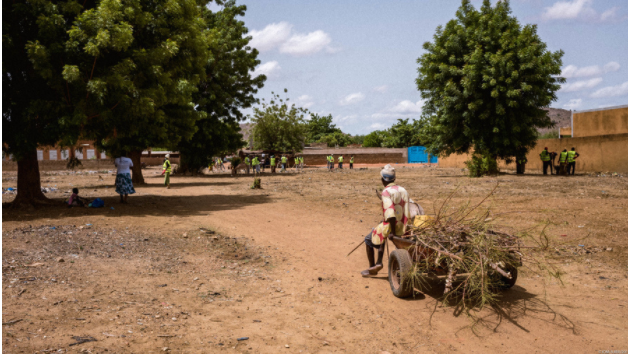
Amid unprecedented arrivals of migrants and refugees in 2015, the European Union’s executive branch announced an ambitious plan to tackle irregular migration at the source. At the heart of the strategy to address the “root causes” of migration was development assistance, particularly in Africa. This continent is not the primary origin of migrants and asylum seekers in Europe, but was where European policymakers saw population growth, lack of economic opportunity, and violent conflict as long-term triggers for future unchecked irregular migration. That November, the European Commission codified the effort in the EU Emergency Trust Fund for Africa (EUTF), which over the next five years would support more than 250 migration- and displacement-related programs totaling 4.8 billion euros across 26 countries. The last of the money is scheduled to be committed by the end of 2021, and the fund will be succeeded by a new development mechanism with a small focus on migration, the Neighbourhood, Development, and International Cooperation Instrument (NDICI).
Creation of the EUTF mirrored broader global interest in addressing poverty, poor governance, and insecurity as the underlying drivers of irregular migration. According to this logic, development assistance remedying those issues would reduce the incentive for people to migrate and obviate the need for aggressive migration controls at national borders. The notion has continued to gain popularity, although some scholars criticize it for underestimating the necessary amount of funding and ignoring Western policies that contribute to instability in migrants’ origin countries, such as military interventions or environmental degradation. Recently, U.S. President Joe Biden has offered a similar argument in calling for his country to provide $4 billion in aid over four years to Central American countries that are the origins of most asylum seekers and other migrants arriving at the U.S.-Mexico border.
Data show that irregular migration from Africa to Europe has declined since the EUTF was unveiled, but there are reasons to question whether it was the primary reason for that decline. It is nearly impossible to prove causation, but evidence suggests that the fund has only modestly altered foundational economic and social factors driving migration, and has instead increased the ability of governments and others to surveil, control, and at times abuse migrants at or within their borders.
This article examines how the European Union has employed development assistance in Africa to advance aspects of its external migration policy. It starts with an overview of the bloc’s philosophy on the role of aid in migration and then focuses on the particulars of the EUTF. It argues that the assistance has been used for more than helping improve Africans’ social and economic well-being, but also to halt migratory movements and as a way to negotiate cooperation with countries of origin and transit. Taken together, these uses of aid have left the European Union’s ambitions to curb irregular migration only partially realized, in part because addressing the root causes of migration is a long-term endeavor far beyond the ability of an “emergency,” short-term mechanism.
Tessa Coggio is an alum of Georgetown University who received the Graduate Certificate on Refugees and Humanitarian Emergencies from ISIM.